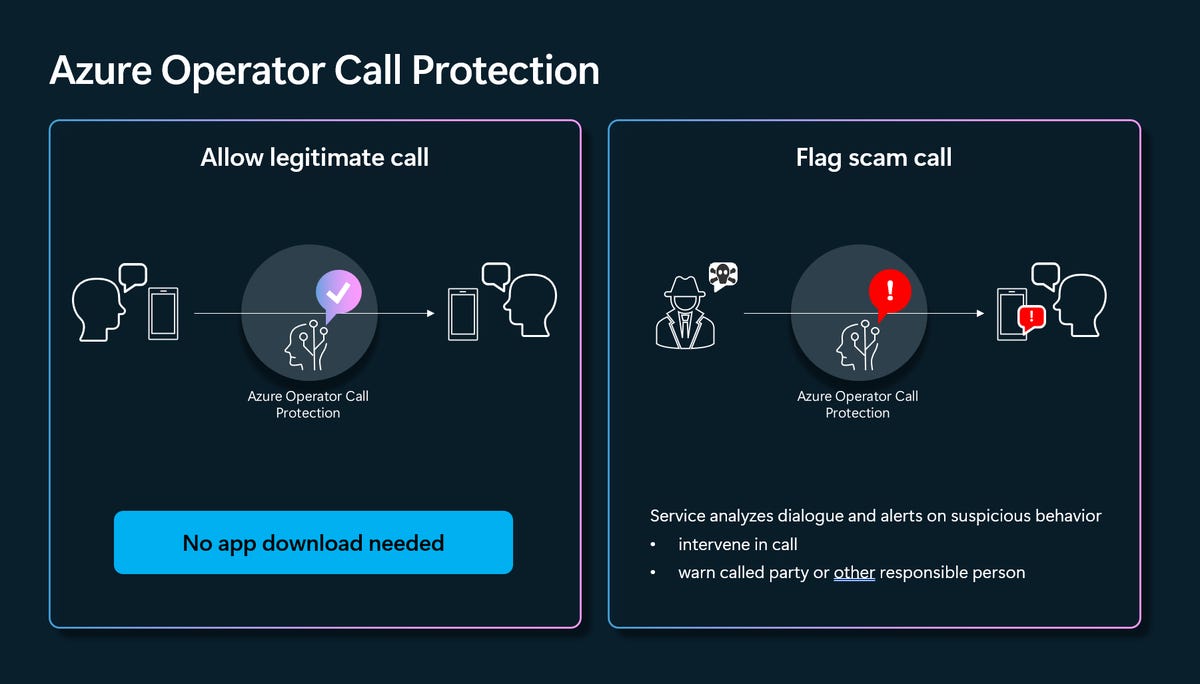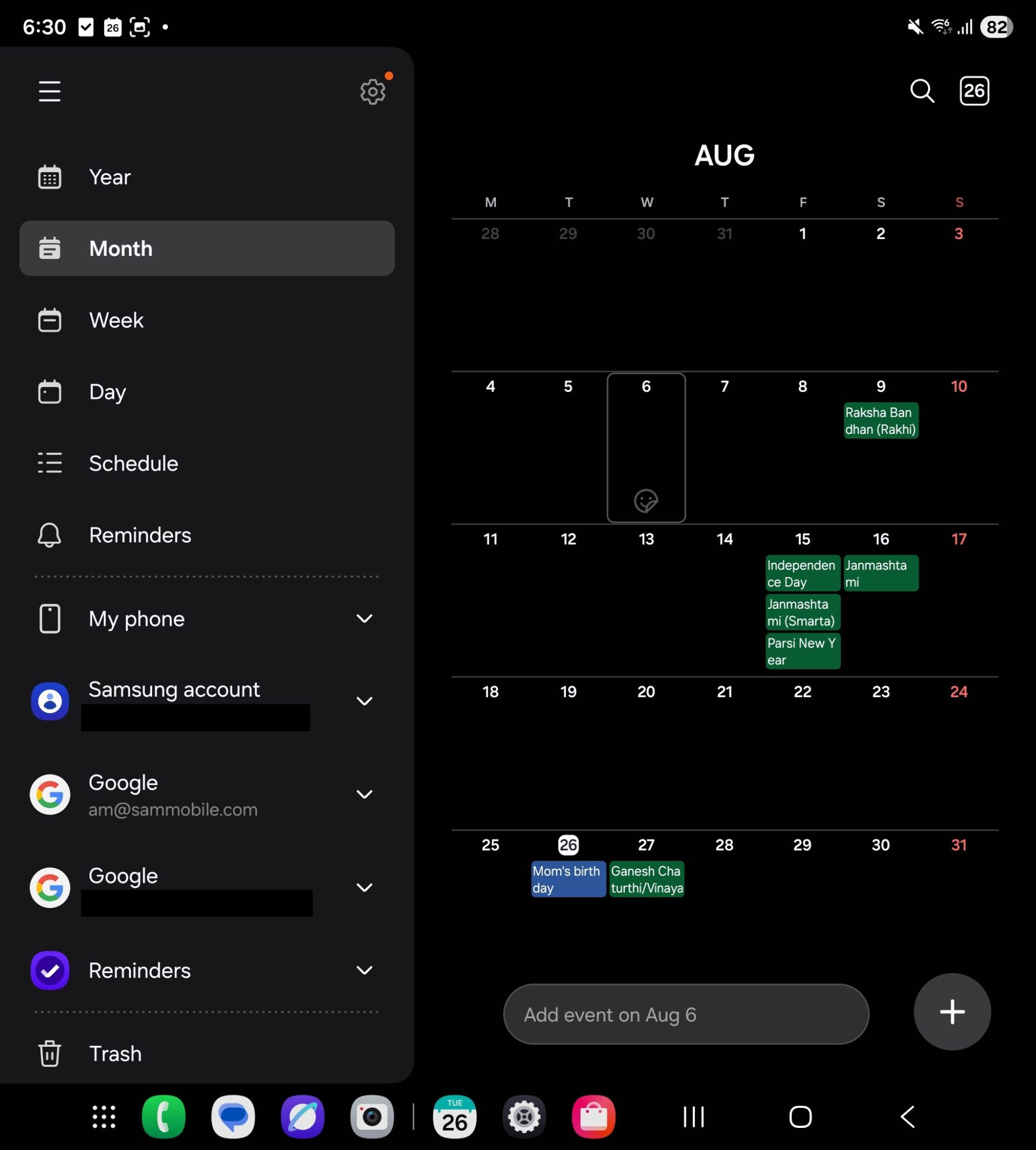There are plenty of tools out there for filtering and blocking spam calls. But what about the calls you actually answer?
That’s the problem Microsoft is trying to address with a new service called Azure Operator Call Protection, which analyzes conversations in real time and can alert the user if the caller seems suspicious. Microsoft has been piloting the program with BT Group and is demonstrating how the technology works at the Mobile World Congress conference in Barcelona.
Read more: What To Expect at Mobile World Congress 2024
The announcement comes as spam calls continue to be a persistent problem. In a study that involved analyzing 98 billion phone calls worldwide, voice security platform Hiya reported that the average phone user gets about 14 spam calls per month. The Federal Communications Commission recently cracked down on robocalls by deeming scam calls made using AI-generated voices to be illegal.

Watch this: CNET’s Pro Photographers React to AI Photos
Azure Operator Call Protection is a service that Microsoft will be offering as an option for mobile carriers to offer to their subscribers. It uses AI to listen up for signals that a call might be fraudulent throughout a conversation. Such indicators could include language that encourages the recipient to give away sensitive information over the phone, says Shawn Hakl, vice president of 5G strategy for Microsoft’s Azure for Operators program.
“The good news is this also just reinforces best practices that people often lapse,” Hakl said.
Among the most common scams are fake callers impersonating Amazon, insurance providers and credit card companies as well as crooks trying to trick you into giving away Medicare information, according to Hiya. Hakl also says the AI model will evolve over time as new types of threats emerge.

An infographic showing how Microsoft’s Azure Operator Call Protection service works.
The current version of the tool will interrupt the call to alert the user if it thinks it may be fraudulent. From there, the user can choose to end the call or ask for more details about why the call was flagged. In other words, the system won’t just end the call if it thinks the call may be a scam; the user will have to make that decision.
“It gives you as much information as we can distill and then allows you the agency to make the choice,” Hakl said.
The service would be opt-in, meaning users would have to consent, and data from calls isn’t saved or used to train Microsoft’s AI models.
“Once the call is done, and once the customer has chosen to listen to the recommendation or make additional queries, it’s gone,” Hakl said.
Read more: The Galaxy S24’s Best Galaxy AI Features
Microsoft is working with BT Group to trial the technology, but hasn’t said when it may come to market. Microsoft’s efforts are part of the broader movement to combat phone scams. AT&T, for example, recently added logos to legitimate calls from businesses to help users more easily spot spam. In November, the White House also announced a virtual hackathon focused on building AI technologies for spotting unwanted spam and robocalls.
In the future, the feature could potentially expand beyond voice calls. “We’re evaluating voice first,” said Hakl. “But there’s a clear interest in the text side as well.”
Editors’ note: CNET is using an AI engine to help create some stories. For more, see this post.






